Morning Eye Candy: Shady Acres
Posted in Photography on November 10 2015, by Matt Newman
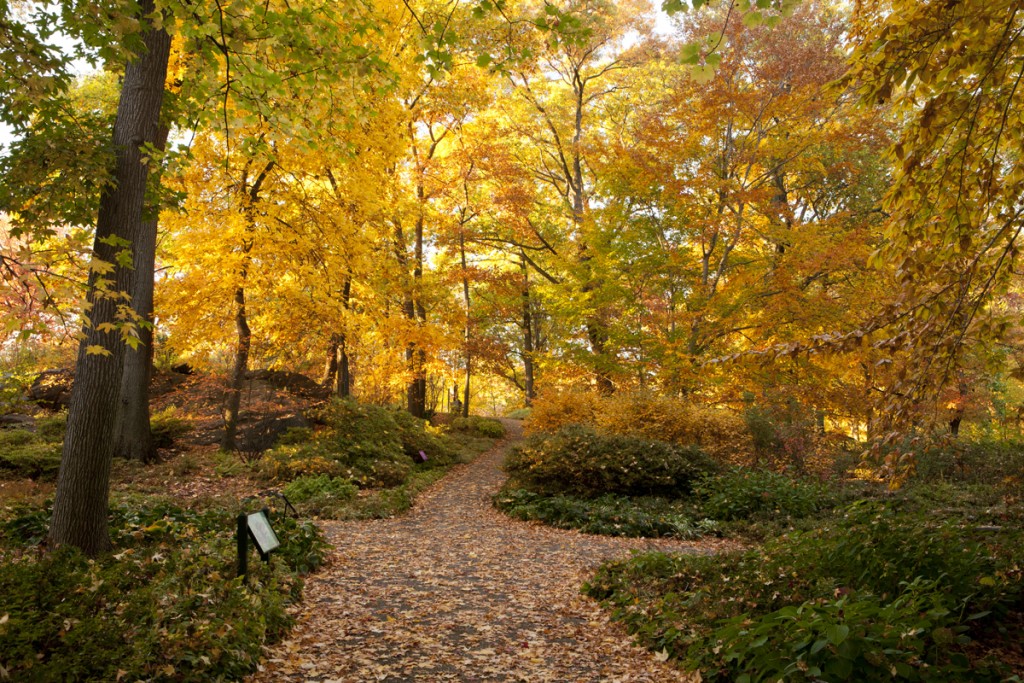
The Azalea Garden in fall – Photo by Ivo M. Vermeulen

Inside The New York Botanical Garden
Posted in Photography on November 10 2015, by Matt Newman

The Azalea Garden in fall – Photo by Ivo M. Vermeulen
Posted in Photography on November 9 2015, by Matt Newman
This year’s Japanese chrysanthemum exhibition takes place in the Bourke-Sullivan Display House of our famed Nolen Greenhouses for Living Collections. And after so many months of effort on the part of our horticulturists to bring this incredible display to life, it’s worth visiting!
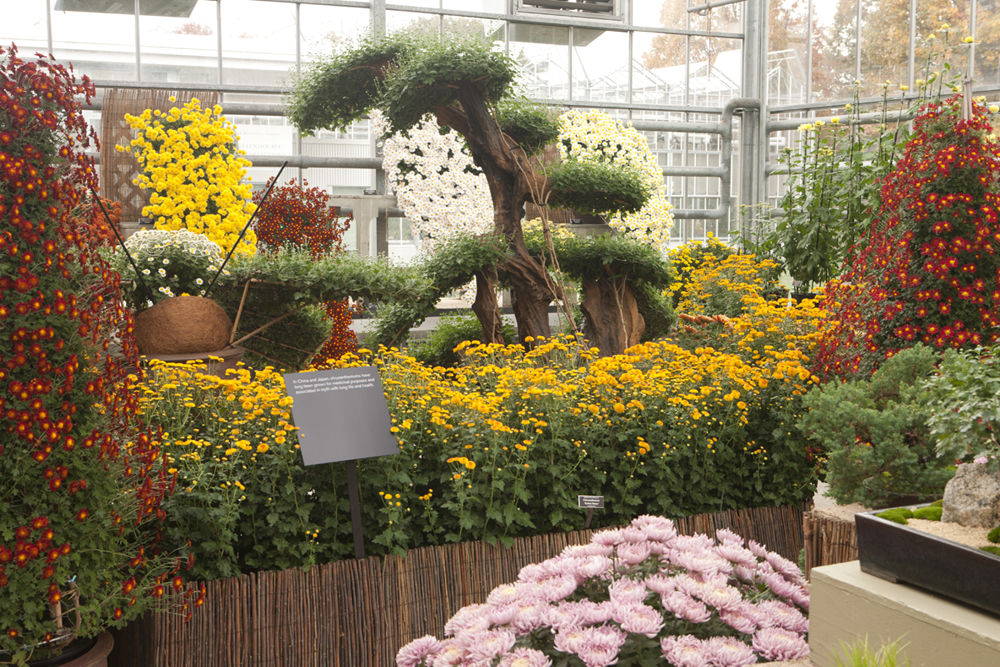
Kiku: Spotlight on Tradition in the Bourke-Sullivan Display House – Photo by Ivo M. Vermeulen
Posted in Photography on November 6 2015, by Matt Newman
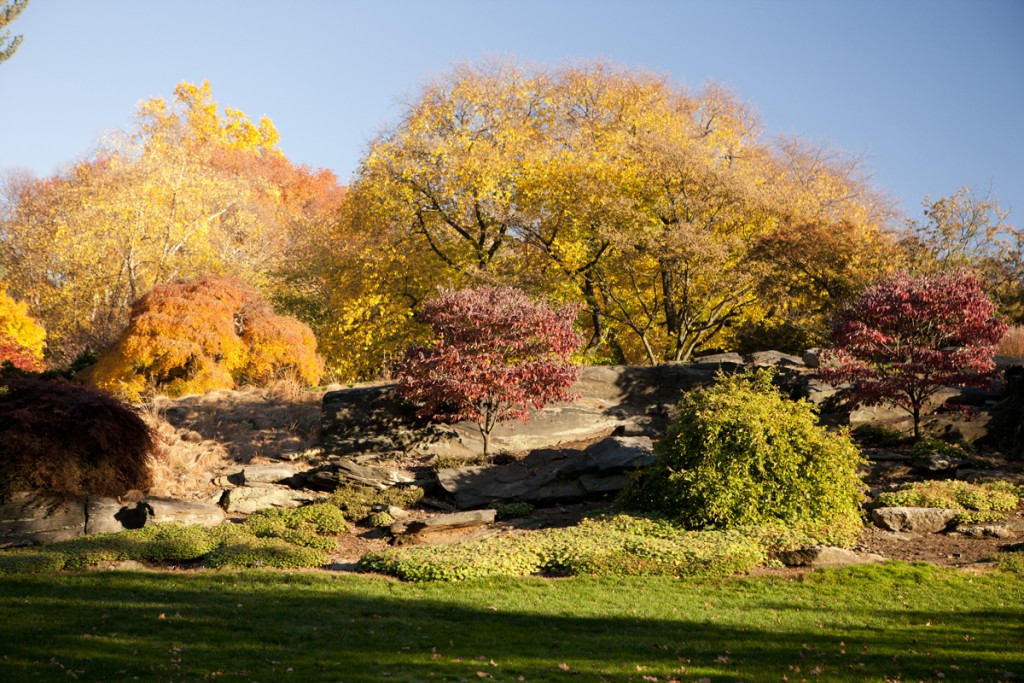
Wamsler Rock – Photo by Ivo M. Vermeulen
Posted in Photography on November 5 2015, by Matt Newman
We’re just beginning our Million Daffodil initiative this week! With the use of a specialized machine that allows to plant up to thousands of bulbs per hour, we’re well on our way to reaching our goal of planting 150,000 in November. And that’s just for this fall—over the next few years, we’ll continue to plant daffodils on and around Daffodil Hill until we’ve reached a total of one million!
Learn more about the initiative and how you can help here.
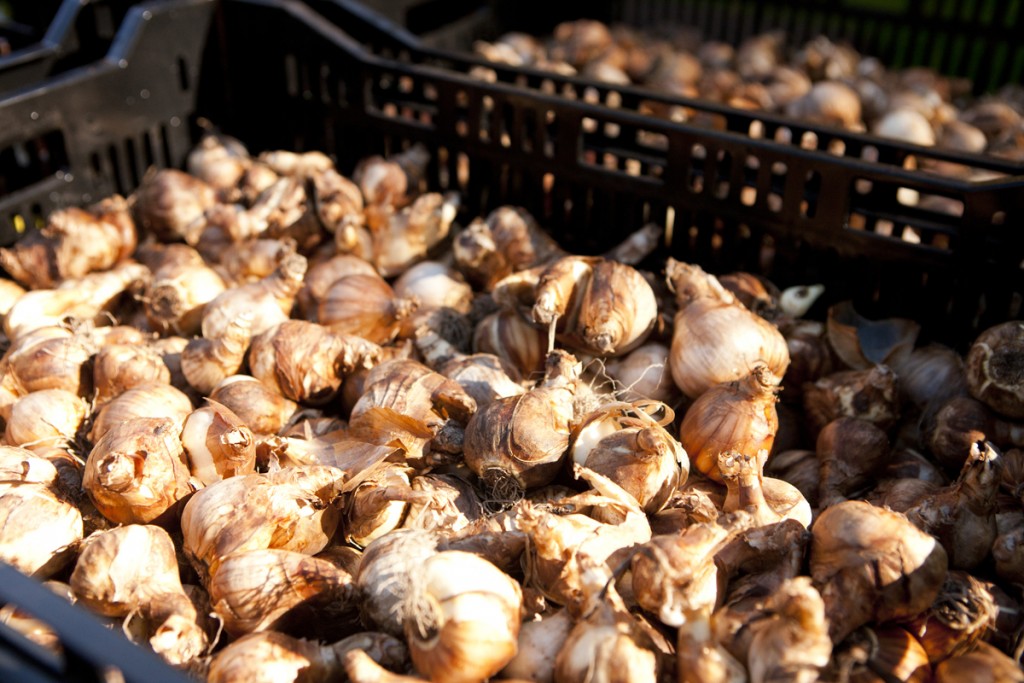
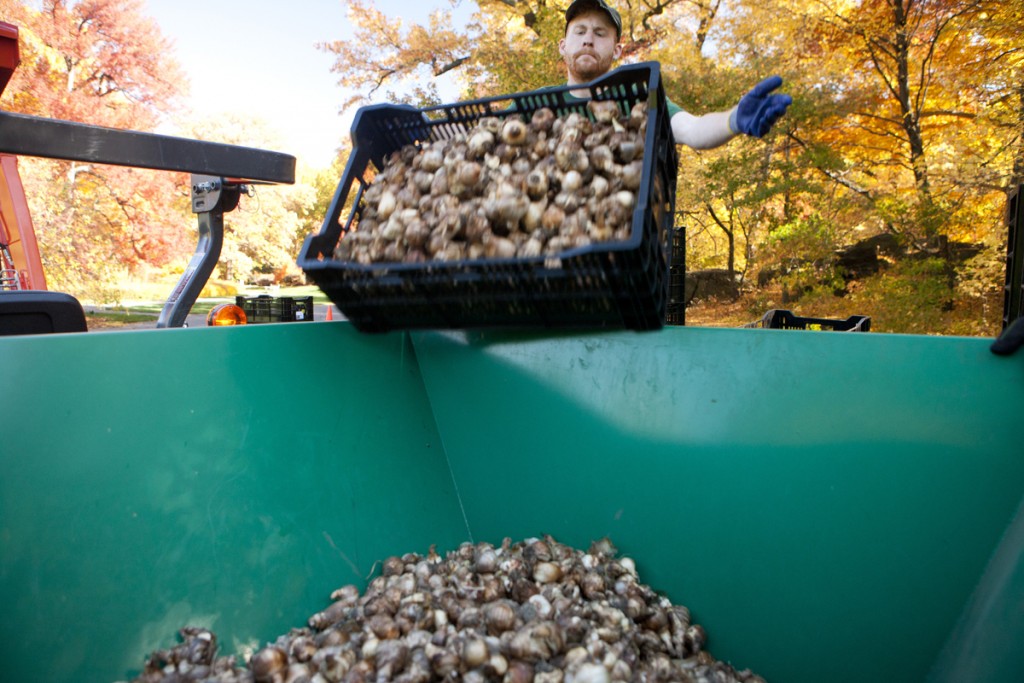
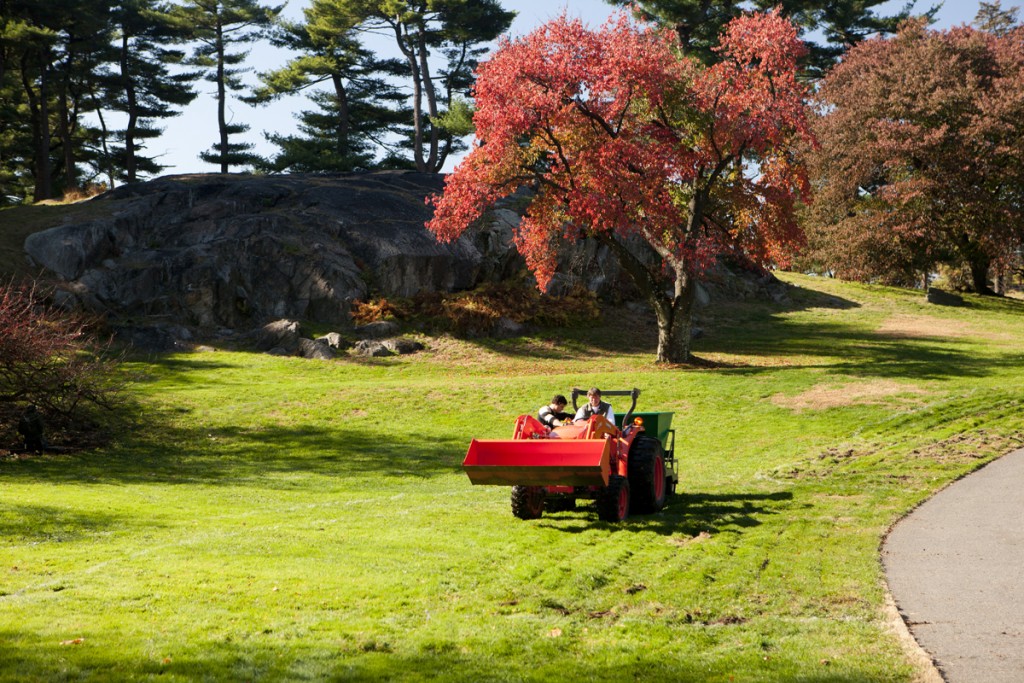
Planting daffodil bulbs on Daffodil Hill – Photos by Ivo M. Vermeulen
Posted in Photography on November 4 2015, by Matt Newman
Tulip Tree Allée is getting into the spirit of things with an admirable showing of golden color.
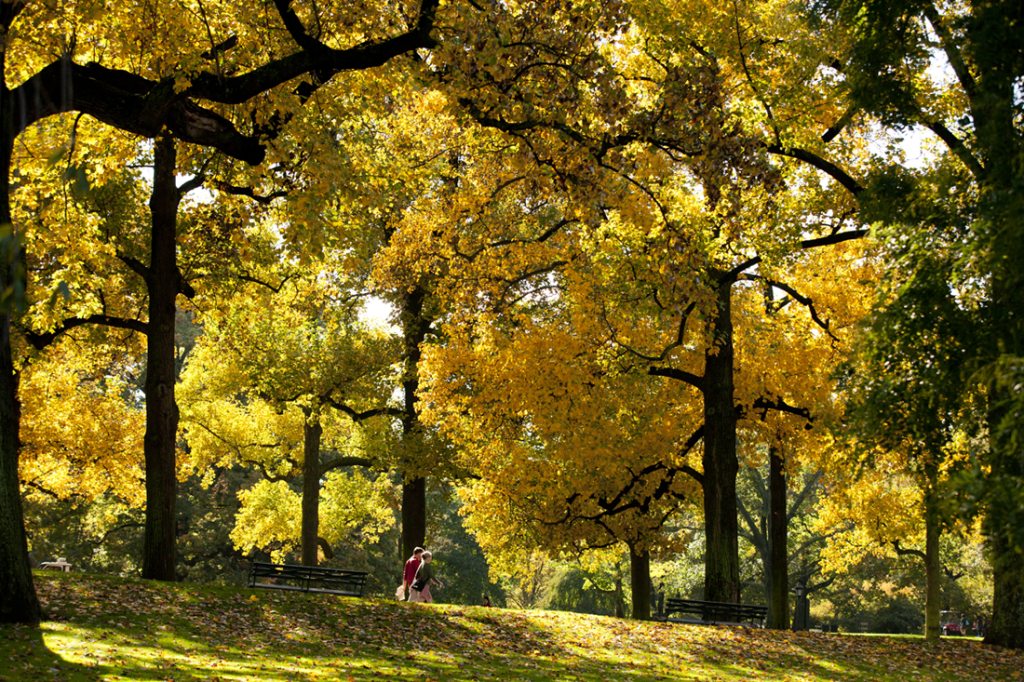
Along Tulip Tree (Liriodendron tulipifera) Allée — Photo by Ivo M. Vermeulen
Posted in Photography on November 3 2015, by Matt Newman
In the Azalea Garden – Photo by Ivo M. Vermeulen
Posted in Photography on October 29 2015, by Matt Newman
Our Day of the Dead (Día de los Muertos) festivities continue all this weekend with live music, food, dance, face painting, and all the colorful trappings of this important—and fun!—holiday. This is the closing weekend of our FRIDA KAHLO exhibition, so don’t sit home!
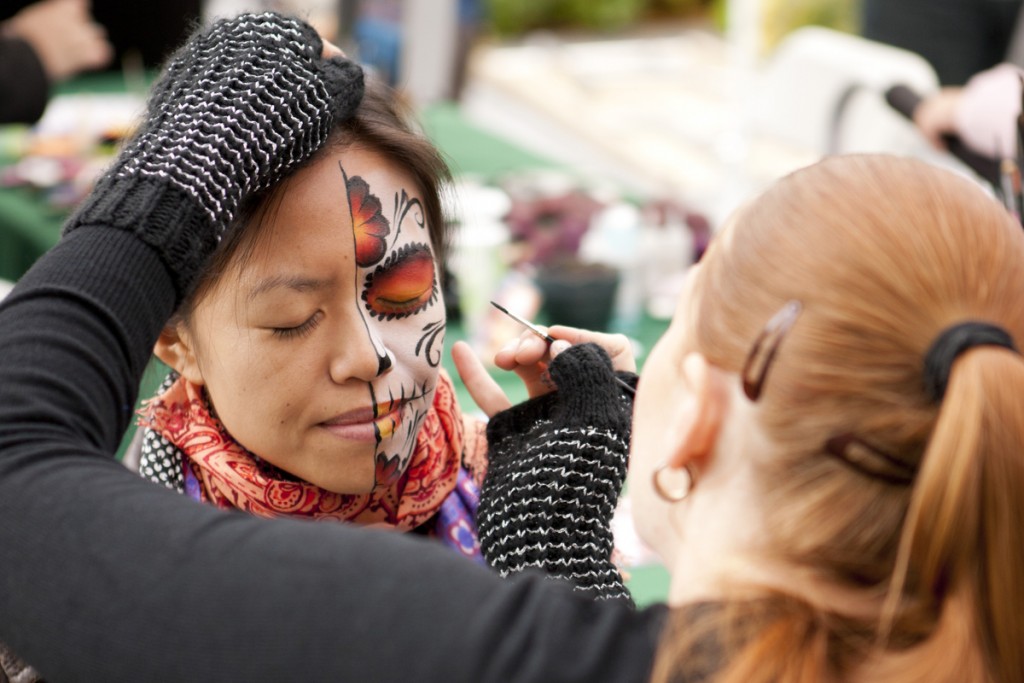
Face Painting in the Perennial Garden – Photo by Ivo M. Vermeulen
Posted in Photography on October 28 2015, by Matt Newman
Would you have guessed at first glance that such a scene—the only freshwater river in New York City—could be found in the Bronx?
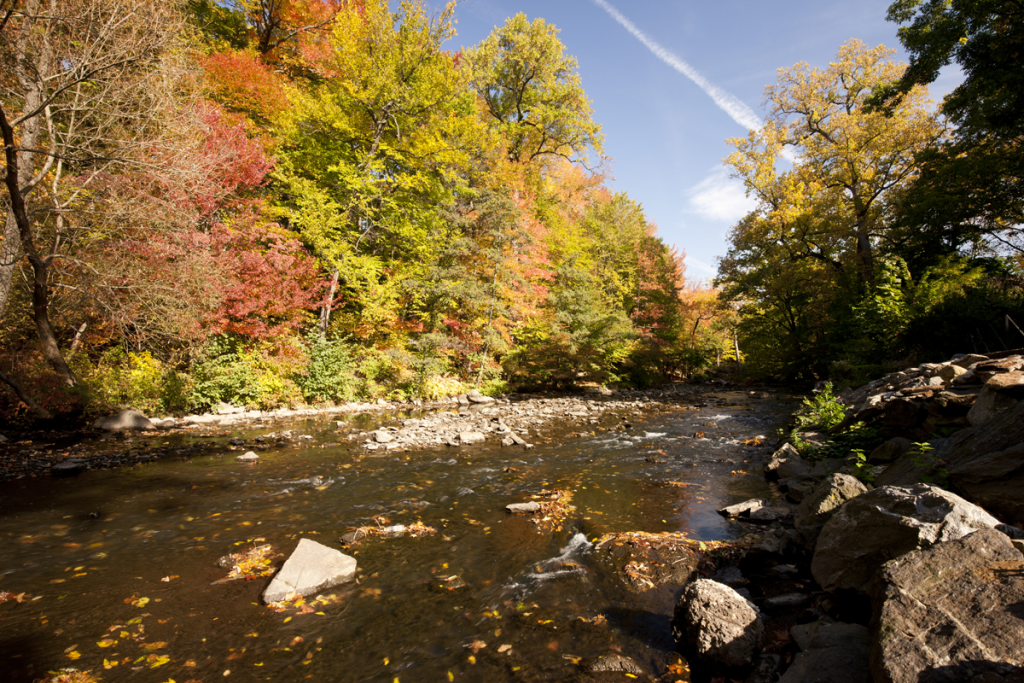
The Bronx River in the Thain Family Forest – Photo by Ivo M. Vermeulen
Posted in Photography on October 26 2015, by Lansing Moore
We’re thrilled to present this year’s eagerly anticipated Giant Pumpkin Carving! Ray Villafane has outdone himself with this spooky and monumental homage to the Day of the Dead (Día de los Muertos) as a nod to FRIDA KAHLO: Art, Garden, Life. The design is based on an early 20th-century satirical cartoon by the famous Mexican printmaker and illustrator Jose Guadalupe Posada. See it in person at the Clay Family Picnic Pavilions, alongside our annual Giant Pumpkin Display, through November 1!
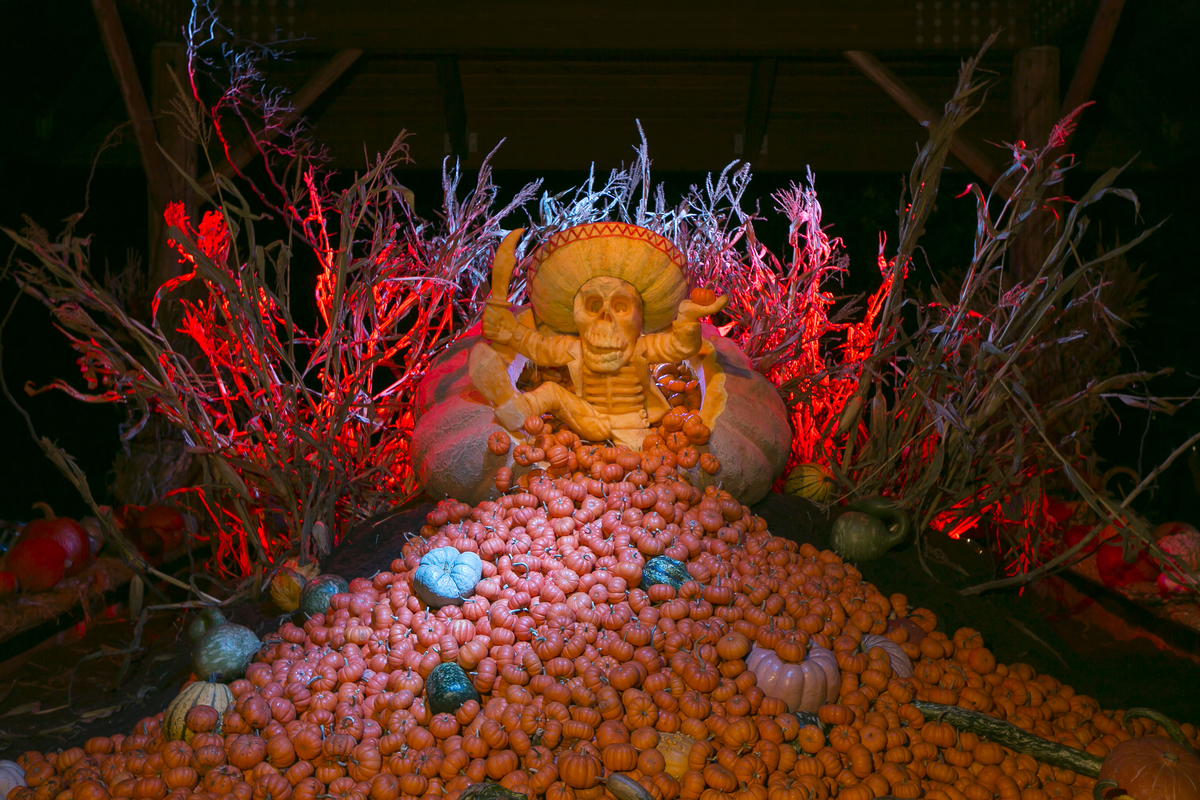
Posted in Photography on October 23 2015, by Matt Newman
Can you spot the busy little guest making a racket in the Native Plant Garden?
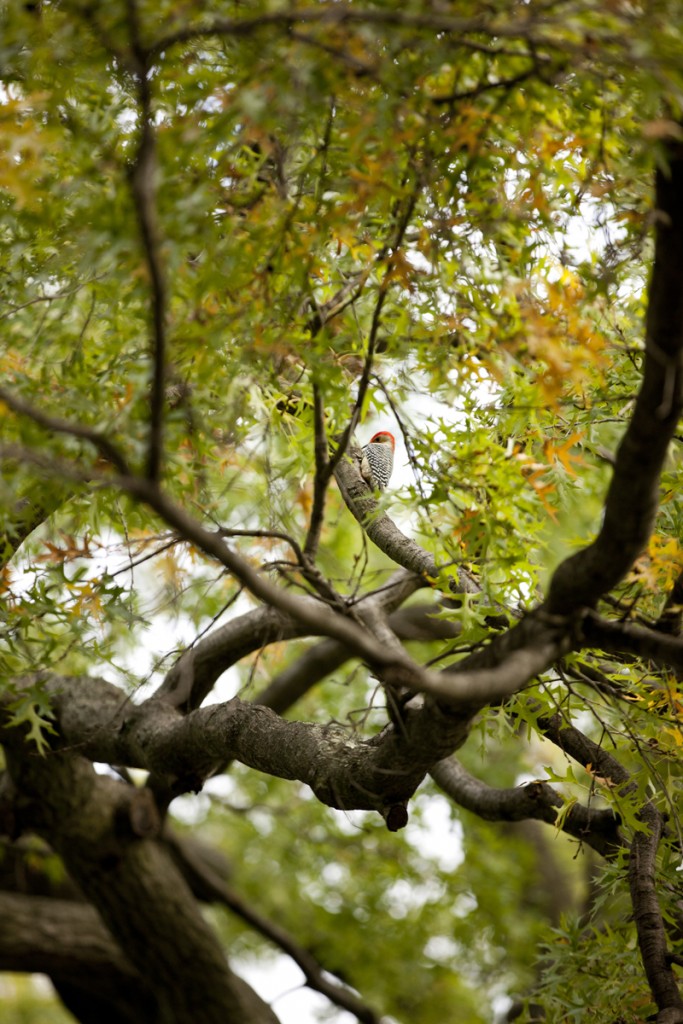
A woodpecker in the Native Plant Garden – Photo by Ivo M. Vermeulen